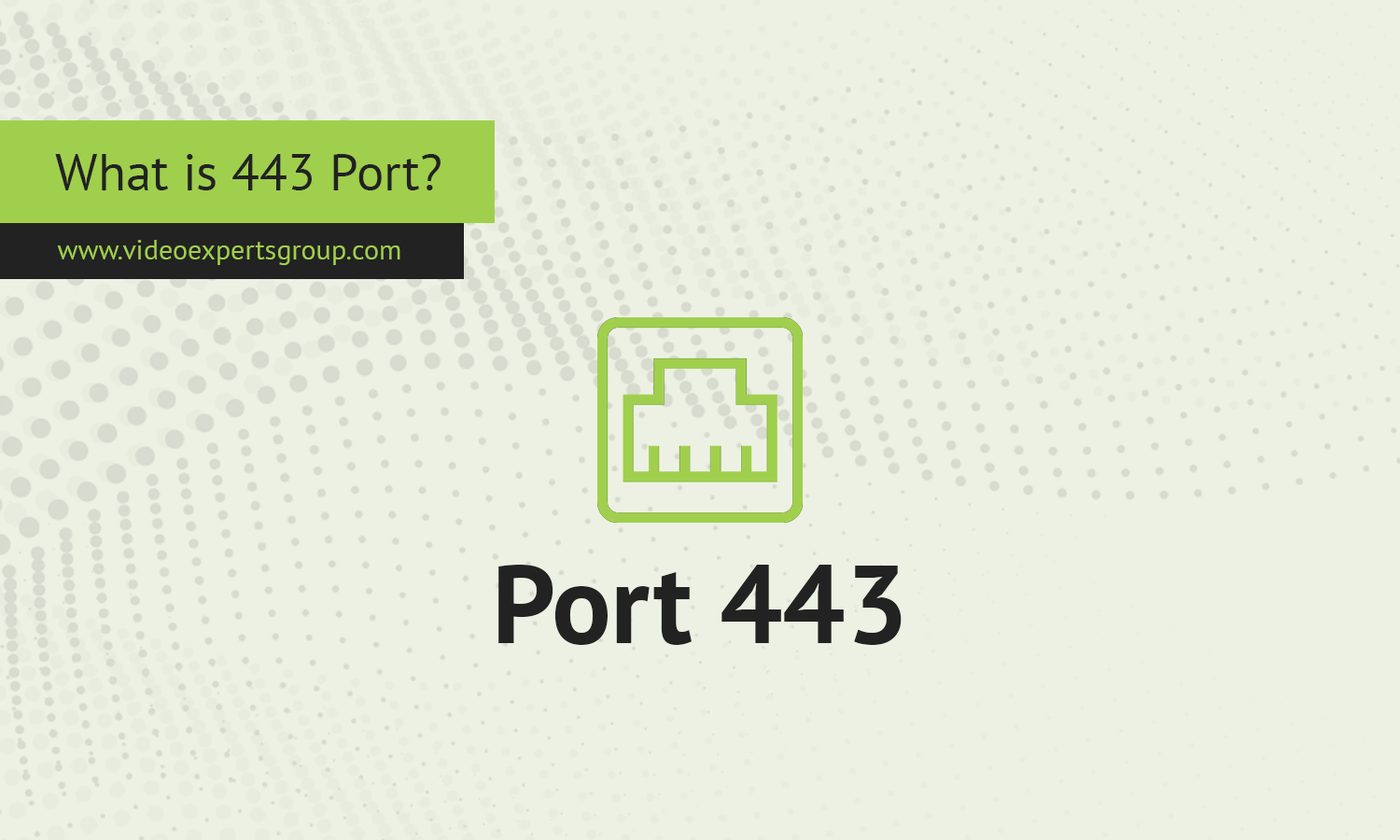When you visit a website, especially one where you enter sensitive information like passwords or credit card numbers, you want to be sure that your data is safe from prying eyes. One of the key players in ensuring secure online communication is Port 443. This port is fundamental to the secure transmission of data over the internet, making it an essential concept for anyone interested in networking, cybersecurity, or simply understanding how the internet works.
Meaning
Port 443 is the default port used for HTTPS (Hypertext Transfer Protocol Secure), which is the secure version of HTTP. HTTP is the protocol used for transmitting data over the internet, but it does so in plain text, meaning that any data sent or received can potentially be intercepted and read by third parties. HTTPS, on the other hand, encrypts this data, making it much more secure.
Port 443 is the gateway through which HTTPS traffic flows. When you see "https://" in the URL of a website, it indicates that the site is using HTTPS to protect the data exchanged between your browser and the web server. This encryption is typically handled by protocols like SSL (Secure Sockets Layer) or its successor, TLS (Transport Layer Security). Port 443 is universally recognized as the standard port for secure web traffic, and it’s supported by all modern web browsers and servers.
What is 443 Port Used For?
Port 443 is primarily used for the following purposes:
-
Secure Web Browsing: The most common use of Port 443 is to enable secure communication between web browsers and servers. When you access a website via HTTPS, your browser connects to the web server over Port 443, ensuring that all data transmitted is encrypted. This is especially important for online transactions, email communications, and any other activity where sensitive information is exchanged.
-
E-commerce and Online Banking: Businesses and financial institutions rely heavily on Port 443 to secure their online services. When you make a purchase from an online store or access your bank account online, the entire transaction is secured through HTTPS, protecting your financial information from being intercepted.
-
APIs and Web Services: Many web services and APIs (Application Programming Interfaces) also use HTTPS over Port 443 to secure data exchange between applications. This ensures that the data transmitted between different systems or services remains confidential and tamper-proof.
-
Virtual Private Networks (VPNs): Some VPN services use HTTPS over Port 443 to tunnel encrypted traffic. This method is particularly useful because it allows VPN traffic to blend in with regular HTTPS traffic, making it harder for network administrators or censors to block or detect.
-
Secure Communication for Applications: Besides web browsers, other applications like email clients, cloud storage services, and messaging apps also use HTTPS over Port 443 to secure data in transit, ensuring that messages, files, and other data remain private and secure.
Vulnerabilities
While Port 443 is critical for securing online communication, it is not without vulnerabilities. Here are some potential risks associated with Port 443:
-
SSL/TLS Vulnerabilities: Although SSL/TLS provides strong encryption, there have been several vulnerabilities discovered over the years, such as Heartbleed, POODLE, and BEAST attacks. These vulnerabilities can be exploited to intercept or manipulate encrypted traffic if servers or clients use outdated or misconfigured SSL/TLS versions.
-
Man-in-the-Middle (MitM) Attacks: In a MitM attack, an attacker intercepts the communication between your browser and the web server. If the attacker can trick the user into accepting a fraudulent SSL certificate, they can decrypt the HTTPS traffic. Using HTTPS over Port 443 helps mitigate MitM attacks, but it’s not foolproof, especially if users are not vigilant about certificate warnings.
-
SSL Stripping: In this type of attack, an attacker forces the connection to downgrade from HTTPS to HTTP, stripping away the encryption provided by Port 443. This can occur when a user is initially connected to an HTTP site, and the attacker intercepts the request before it is redirected to HTTPS.
-
Misconfigured Servers: Sometimes, web servers are not properly configured to use SSL/TLS securely. This can include weak encryption algorithms, improper certificate management, or failing to redirect HTTP traffic to HTTPS. Such misconfigurations can expose users to potential attacks even if they connect via Port 443.
-
Certificate Authority (CA) Compromise: HTTPS relies on certificates issued by trusted Certificate Authorities (CAs). If a CA is compromised, attackers can issue fraudulent certificates, allowing them to intercept or impersonate secure connections over Port 443.
Port 443 is a cornerstone of secure communication on the internet, enabling the encryption of data exchanged between web browsers, servers, and applications. It plays a vital role in protecting sensitive information, making it indispensable for secure web browsing, online transactions, and many other online activities. However, like all security measures, it is not immune to vulnerabilities. Understanding the purpose of Port 443 and the potential risks associated with it is crucial for anyone concerned with online security. By keeping SSL/TLS protocols up-to-date and being vigilant about certificate management, many of the vulnerabilities associated with Port 443 can be mitigated, ensuring safer online interactions.
















